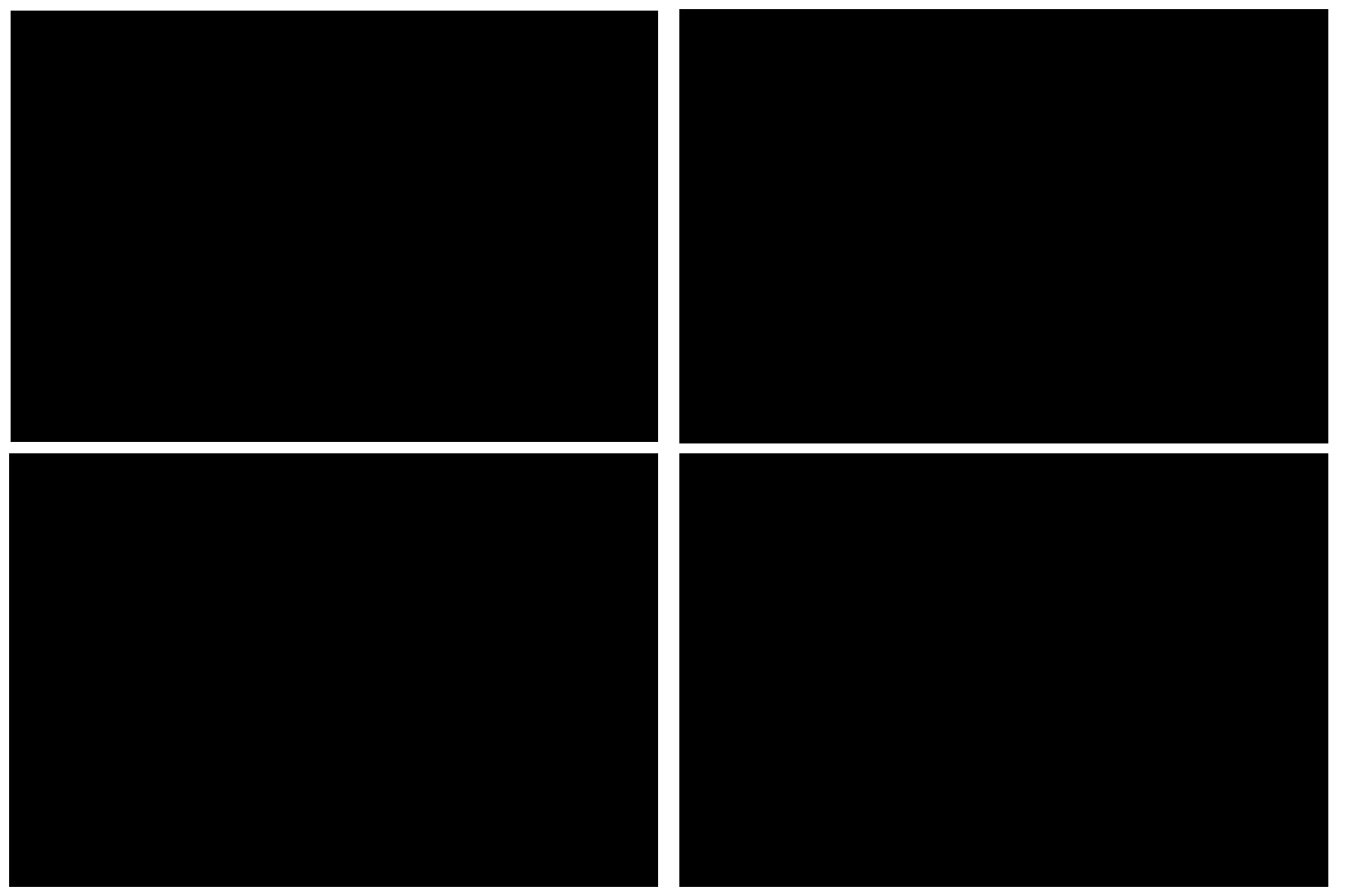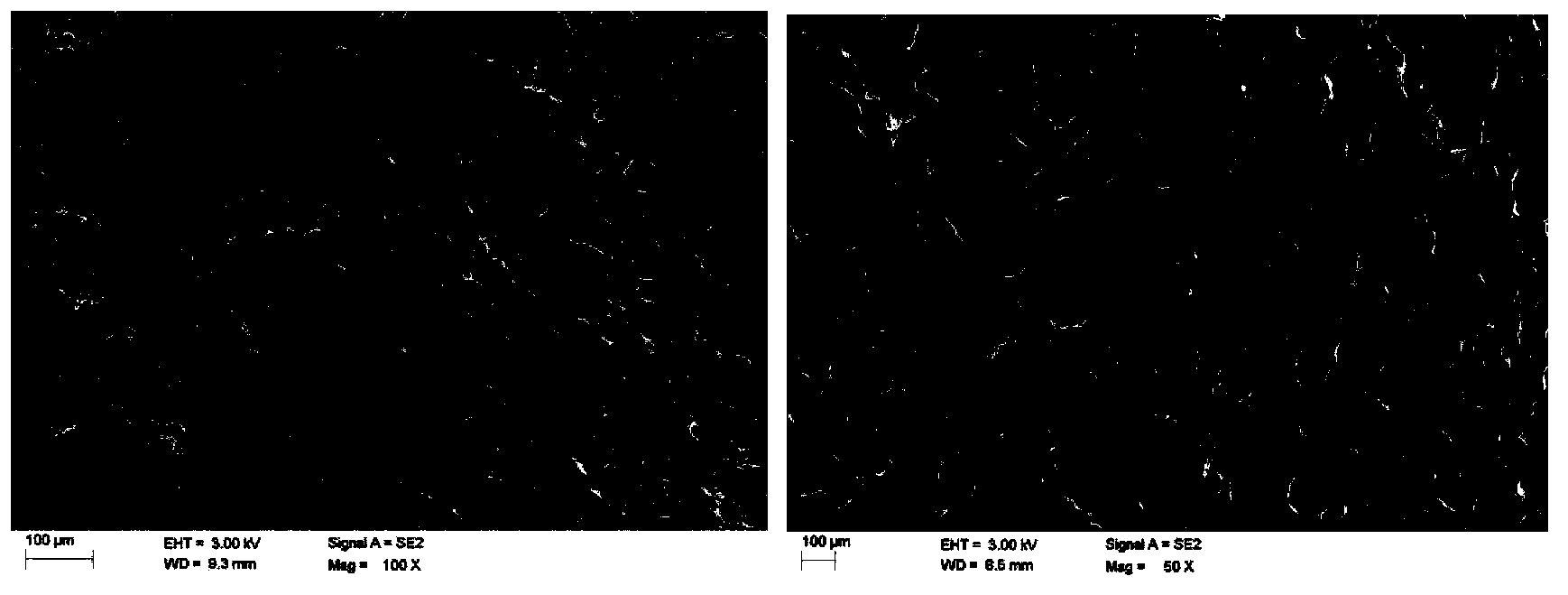Cross-linked hyaluronic acid cell-scaffold material and preparation method and application
A technology of cross-linked hyaluronic acid and cell scaffold, which is applied in the field of medicine
- Summary
- Abstract
- Description
- Claims
- Application Information
AI Technical Summary
Problems solved by technology
Method used
Image
Examples
Embodiment 1
[0061] Example 1 Preparation of cross-linked sodium hyaluronate cell scaffold material (first group)
[0062] According to the ratio in Table 1, high molecular weight sodium hyaluronate (SH, 1350kDa) and low molecular weight sodium hyaluronate (500kDa) were respectively taken, and an appropriate amount of 0.2% NaOH solution was added to make the concentration of sodium hyaluronate 5%. Stir to dissolve, add an appropriate amount of 1,4-butanediol diglycidyl ether to make the concentration 0.2%, stir evenly, and pour it into a mold with a smooth and non-permeable bottom surface. According to the size of the bottom area of the mold, the pouring amount is 0.2ml / cm 2 . Pre-freeze the mold at -70°C for 1 hour, then put it into a freeze dryer, pre-freeze at -20°C for 2 hours, and then vacuumize it for drying. The dried sample was kept at 40°C for 4 hours, and then soaked in water for injection at 70°C for 5 hours to swell. The swollen gel is placed in a freeze dryer, pre-frozen...
Embodiment 2
[0066] Example 2 Preparation of Crosslinked Sodium Hyaluronate Cell Scaffold Material (Second Group)
[0067] Take high-molecular-weight sodium hyaluronate (1680kDa) and low-molecular-weight sodium hyaluronate (250kDa), mix them in a ratio of 1:1 (high molecular weight: low molecular weight), add an appropriate amount of 0.2% NaOH solution, and make the sodium hyaluronate The concentration is 5%, stir to dissolve, add an appropriate amount of 1,4-butanediol diglycidyl ether to make the concentration 0.0125% ~ 0.5% (Table 2), stir evenly, pour it into a mold with a smooth and non-permeable bottom, press The size of the bottom area of the mold, the pouring volume is 0.2ml / cm 2 . The mold was placed in a freeze dryer, pre-frozen at -40°C for 2 hours, and then dried in a vacuum. The dried sample was kept at 40°C for 4 hours, and then soaked in water for injection at 75°C for 5 hours to swell. The swollen gel was pre-frozen at -50°C for 1 hour, then placed in a freeze dryer, p...
Embodiment 3
[0072] Example 3 Preparation of cross-linked sodium hyaluronate cell scaffold material (the third group)
[0073] Take high molecular weight sodium hyaluronate (1860kDa) and low molecular weight sodium hyaluronate (300kDa), mix the two according to the ratio of 1:4 (high molecular weight: low molecular weight), add an appropriate amount of 0.2% NaOH solution to make hyaluronic acid The concentration of sodium is 1% to 10% (Table 3), stir to dissolve, add an appropriate amount of 1,4-butanediol diglycidyl ether to make the molar ratio of sodium hyaluronate reach 10%, stir evenly, and pour it on the bottom In a smooth and non-permeable mold, according to the size of the bottom area of the mold, the pouring volume is 0.2ml / cm 2 . Place the mold in a freeze dryer, pre-freeze at -35°C for 4 hours, and then vacuumize it for drying. The dried sample was kept at 40°C for 3 hours, then kept at 25°C for 16 hours, soaked in 65°C water for injection and swelled for 8 hours. The swoll...
PUM
 Login to View More
Login to View More Abstract
Description
Claims
Application Information
 Login to View More
Login to View More - R&D
- Intellectual Property
- Life Sciences
- Materials
- Tech Scout
- Unparalleled Data Quality
- Higher Quality Content
- 60% Fewer Hallucinations
Browse by: Latest US Patents, China's latest patents, Technical Efficacy Thesaurus, Application Domain, Technology Topic, Popular Technical Reports.
© 2025 PatSnap. All rights reserved.Legal|Privacy policy|Modern Slavery Act Transparency Statement|Sitemap|About US| Contact US: help@patsnap.com



